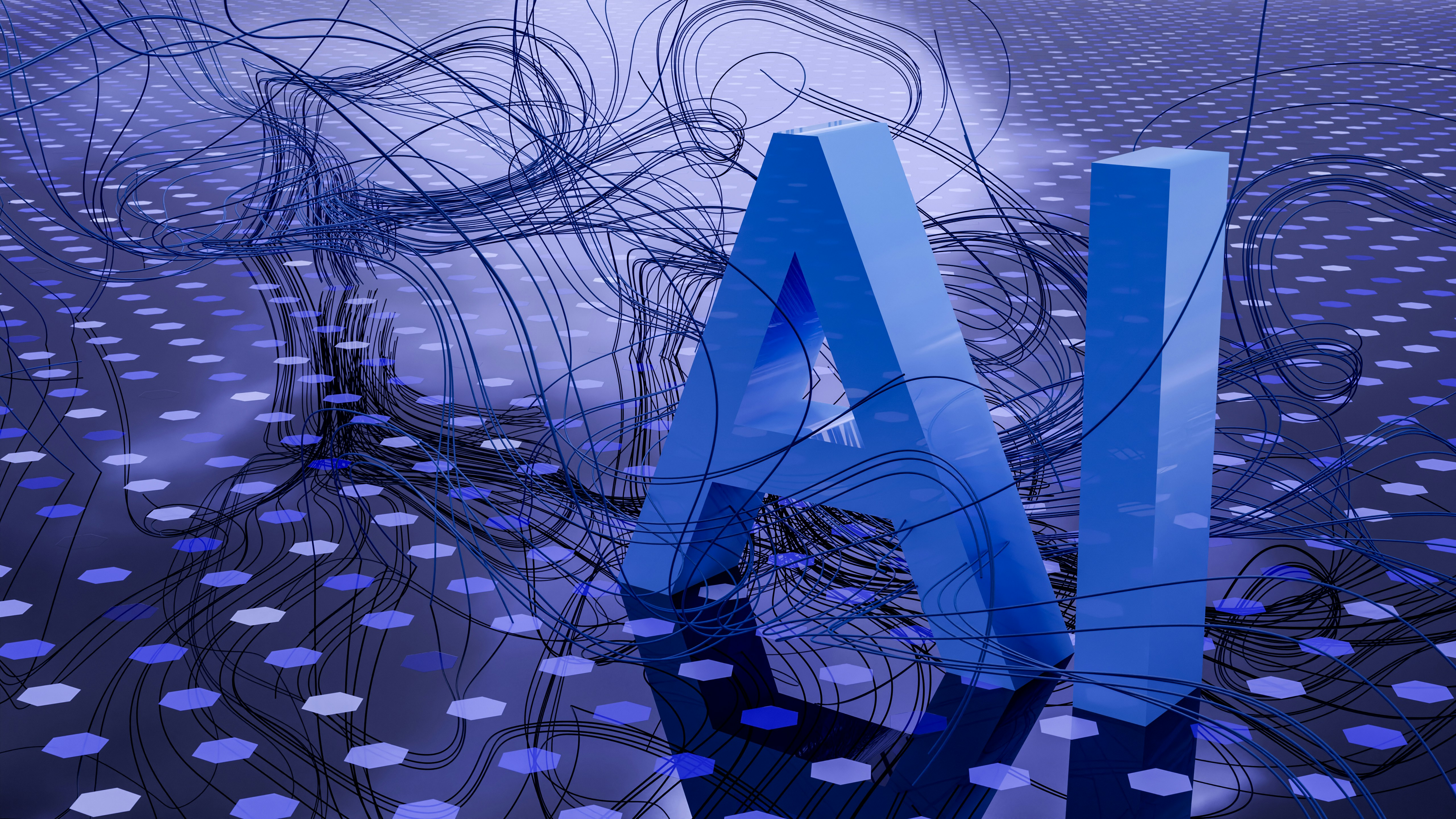Introduction to AI Coding Tools
AI coding tools have emerged as transformative assets within the software development landscape, reshaping how developers approach coding tasks. These tools leverage artificial intelligence to streamline various stages of the coding process, ranging from code generation and debugging to project management. In recent years, the rapid advancements in machine learning and natural language processing have significantly enhanced the capabilities of these tools, making them more accessible and efficient for developers of all skill levels.
The evolution of AI coding tools can be traced back to simple code suggestion platforms to sophisticated solutions that can autonomously generate entire code snippets based on minimal input from the user. This evolution reflects a broader trend in the tech industry towards automation and intelligence, resulting in tools that can significantly boost productivity. Developers can now focus on higher-level problem-solving, allowing them to tackle more complex projects with ease and efficiency.
In the realm of software development, the importance of AI is becoming increasingly pronounced. Not only do AI coding tools aid in identifying errors and debugging code faster than manual debugging processes, but they also help in managing project workflows by automating repetitive tasks. This shift towards AI-driven solutions contributes to a positive impact on overall project timeliness and quality, enabling developers to deliver polished and reliable software more rapidly.
As we move towards 2025, the significance of AI coding tools in enhancing productivity cannot be overstated. For developers looking to optimize their work processes and achieve higher outputs, these tools are indispensable. With the increasing complexity of software projects, integrating these AI solutions is essential for staying competitive in an ever-evolving tech SaaS blog environment. The adoption of AI coding tools represents not just a technological advancement, but also an evolution of the developer’s role in a digitized world.
Criteria for Selection
When curating the top 10 AI coding tools in 2025, a comprehensive evaluation was conducted based on several critical criteria. These criteria ensure that each selected tool not only enhances productivity but also facilitates revenue generation through affiliate marketing opportunities in a tech SaaS environment.
First and foremost, usability is paramount. A tool must have an intuitive interface that caters to both novice and experienced developers, allowing for efficient coding experiences. A steep learning curve can deter users and hinder productivity, making usability a non-negotiable aspect of selection.
Next, an assessment of features was essential. The tools must offer advanced functionalities such as code suggestions, error detection, and integration with existing development environments. Innovative features can significantly enhance overall workflow, allowing developers to focus more on coding and less on debugging.
Integration capabilities are another significant criterion. Seamless integration with popular development tools and platforms is vital for a smooth coding experience. Tools that can easily connect with version control systems and project management software are especially valued as they contribute to an organized and efficient development process.
Furthermore, community support plays a crucial role in the effectiveness of any coding tool. A robust community can provide developers with valuable resources, inspiration, and troubleshooting assistance. Thus, active community engagement often indicates a tool’s longevity and reliability in the coding space.
Another crucial factor is pricing models. As many developers look to maximize their earnings through affiliate marketing, the affordability of a coding tool can directly impact their decision-making process. Various pricing options should cater to different budgets while providing excellent value for money.
Finally, metrics of user satisfaction are indispensable in the evaluation process. Feedback from current users offers insights into the tool’s performance, reliability, and potential return on investment. A high CPM (cost per mille) in the user satisfaction metric is a strong indicator of a tool’s effectiveness in meeting developer needs.
The Top 10 AI Coding Tools of 2025
As we look to 2025, the landscape of coding tools is rapidly evolving with advancements in artificial intelligence. These innovations are revolutionizing the way developers write code, improving productivity, and offering new ways to monetize skills through affiliate marketing opportunities. Below is an overview of the top 10 AI coding tools expected to dominate the market, tailor-made for a range of users from novices to seasoned professionals.
1. GitHub Copilot: This AI-powered coding assistant provides suggestions in real-time while writing code. Its capabilities are especially beneficial for developers who wish to speed up their coding process and improve overall code quality. Suitable for both beginners and experienced programmers, GitHub Copilot excels in multiple programming languages.
2. DeepCode: Aimed at enhancing code reviews, DeepCode employs machine learning to identify potential issues and suggest improvements. Its use case is particularly favorable in enterprise-level applications, streamlining workflows and reducing debugging time.
3. Tabnine: This tool offers predictive code completion, which helps developers write code faster and with fewer errors. Tabnine’s integration with various IDEs makes it a popular choice amongst tech SaaS blog audiences, enabling rapid development and deployment.
4. CodeGuru: Amazon’s CodeGuru provides insights into code quality and performance, allowing teams to focus on critical areas. Its AI-driven recommendations empower developers to create efficient and high-quality products while supporting affiliate marketing by facilitating faster go-to-market strategies.
5. Replit: Known for its powerful collaborative coding features, Replit allows users to code in real-time, incorporating AI suggestions to enhance the coding experience. This is ideal for learners and remote teams looking to streamline collaboration.
6. KITE: KITE offers intelligent code completions and examples, assisting developers in learning new libraries. Its easy integration accelerates the learning curve, especially for beginner programmers seeking to improve their skills.
7. Ponicode: Targeting automated unit testing, Ponicode utilizes AI to create tests that enhance code reliability. Its benefits are most evident for developers in fast-paced environments striving to maintain code integrity.
8. Sourcery: Sourcery focuses on improving existing codebases by suggesting refactoring opportunities. Agile developers and tech teams aiming for better maintainability will find it particularly useful.
9. Codex: OpenAI’s Codex can write code from natural language prompts, breaking barriers in access to software development. This tool can empower anyone looking to enter the coding space, potentially opening new revenue streams through project outsourcing.
10. AI Dungeon: While primarily a game, AI Dungeon uses advanced NLP to create interactive experiences through coding. This tool can inspire developers to explore creative coding formats, catering to those interested in gamification in software.
In conclusion, these high cpm-focused AI coding tools are poised to create significant impacts in 2025, providing users with features that not only optimize coding processes but also enhance earning potential through diverse opportunities in software markets.
Future Trends in AI Coding Tools
The field of AI coding tools is poised for significant evolution by 2025, driven by rapid advancements in machine learning models and natural language processing. As these technologies mature, we can anticipate a wave of enhancements that will streamline the coding process, making it more accessible for a broader audience. Improved natural language processing capabilities will enable developers to communicate their ideas more effectively, facilitating a smoother transition from concept to code. This will be particularly beneficial for those who may not possess extensive coding knowledge, thereby democratizing programming and allowing a diverse set of individuals to contribute to software development.
Moreover, the collaboration between human developers and AI is expected to deepen. AI tools, equipped with high cpm and related algorithms, will increasingly act as sophisticated assistants, providing real-time feedback, debugging assistance, and even generating code snippets autonomously. Such collaborative environments are likely to foster creativity and innovation, allowing developers to focus on higher-order problem-solving rather than getting bogged down in routine coding tasks. This fusion of human intuition and AI efficiency opens up potential new market opportunities, particularly in tech SaaS applications, where agile development is paramount.
To thrive in this evolving landscape, developers must adapt their skills continually. This includes familiarizing themselves with AI-driven coding environments and understanding how to leverage these tools for maximum productivity. Embracing a mindset of continuous learning and flexibility will be essential to navigate the shift towards more integrated human-AI collaboration. As professionals in the field of coding adapt to these advancements, they will enhance their competitive edge and ensure their relevance in an ever-changing technology landscape.



